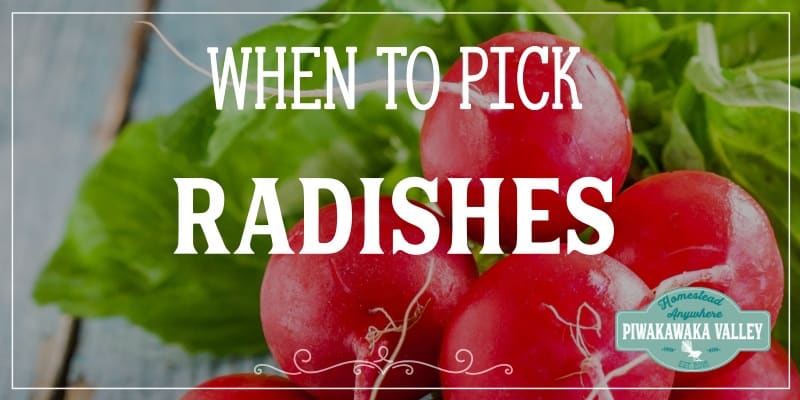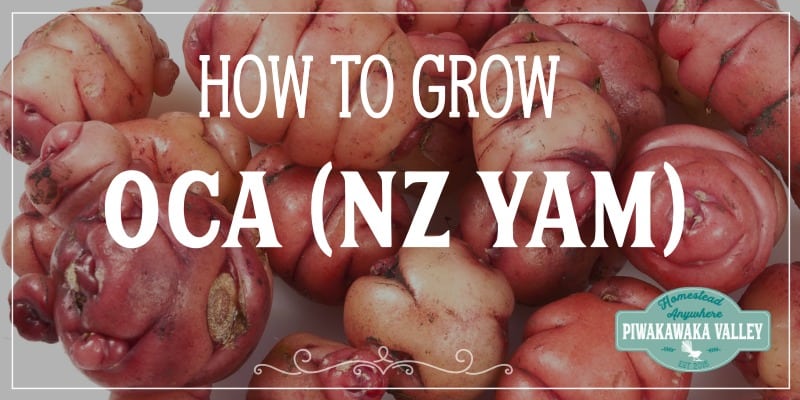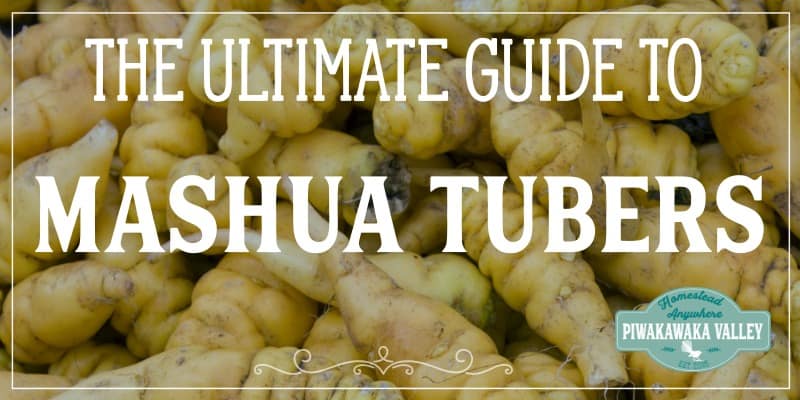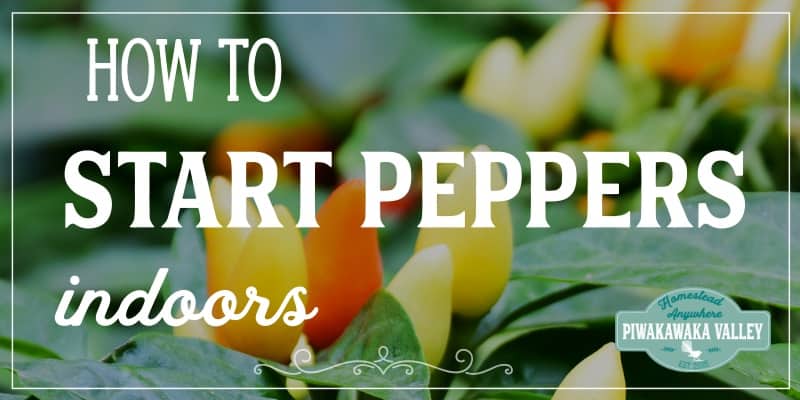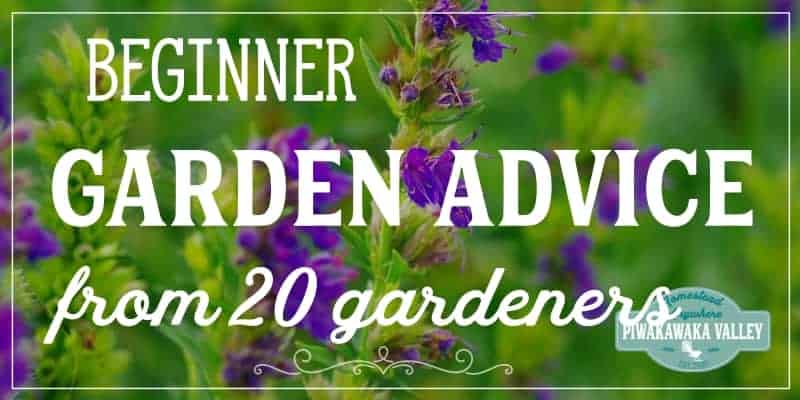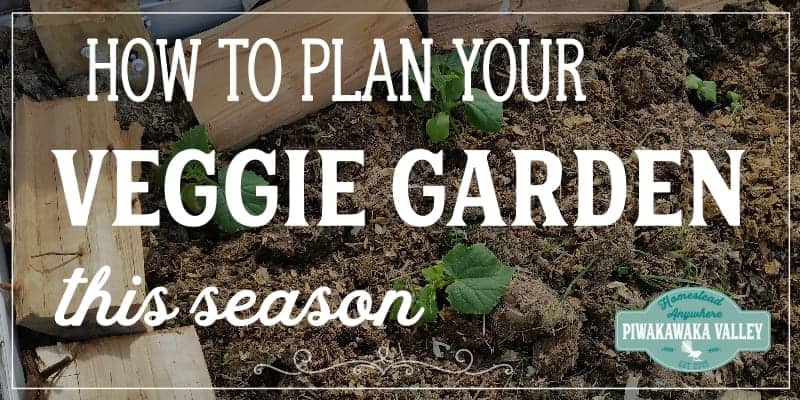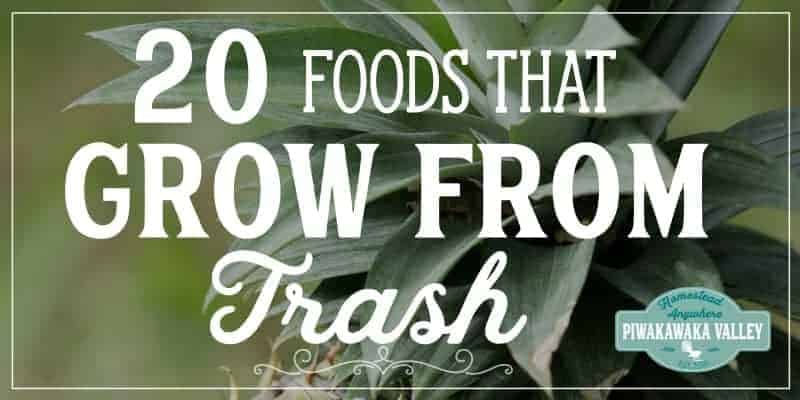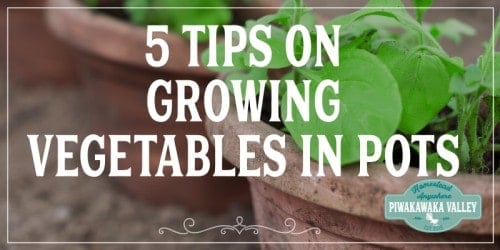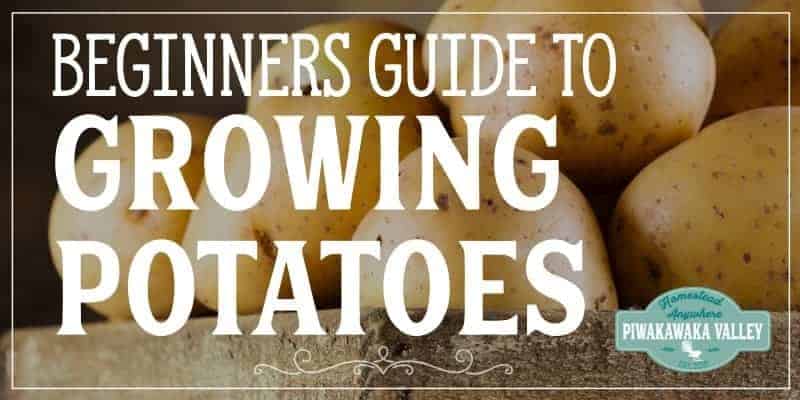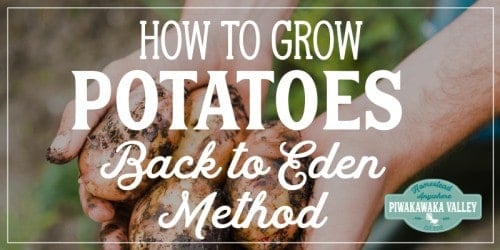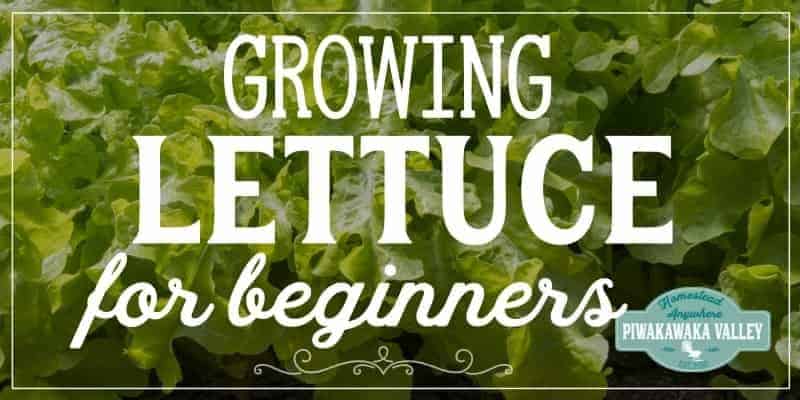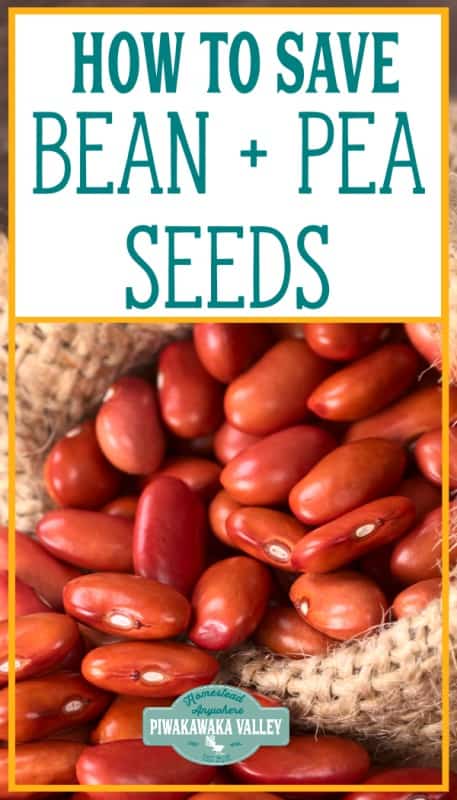This post was most recently updated on January 26th, 2021
If you are growing peas or beans in your garden, you might be wondering how to save bean and pea seeds for future planting. Did you know that it is really easy to save your own bean and pea seeds to reuse again and again?
Please read: This information is provided for educational purposes only and is not intended to treat, diagnose or prevent any disease. We encourage you to make your own health care decisions in partnership with a qualified health care professional.
This post contains affiliate links, this means at no extra cost to you, we make a commission from sales. Please read our Disclosure Statement
Once you have found your favourite varieties that you like the taste of and that grow well where you live, you don’t necessarily have to keep buying seeds!
How to save bean and pea seeds for future planting
The steps are simple, and in a nutshell to save bean and pea seeds you simply select the best pods, scrape out the seeds, dry and store. But first you must check if you can save the variety that you are growing…
1. Work out what type of bean or pea you are growing
There are 3 main different types of plants;
- Heirloom
- Open pollinated
- Hybrid
Heirloom beans and peas
These are older varieties that have been passed on for many generations. They are able to be grown from seed and they will grow ‘true to type’ meaning that the seeds from one plant will grow you another plant the same as the parent plant.
RELATED: How to grow the best beans
Open pollinated beans and peas
These are not as old as heirloom or heritage beans/peas, but they are still able to have their seeds saved and they will grow true to type.
Hybrid beans and peas
Hybrid plants are where both parent plants are different and they have been deliberately crossed together to give a plant with certain attributes.
Hybrid seeds do not usually grow true to type as the parents were different, so seeds saved may tend towards one parent or the other. Hybrid seeds are also not always fertile. However, if you have the space sometimes it is worth a try!
RELATED: How to start a new garden from scratch
2. Choose the best pods
Find your plants that have done the best for you. You want to find the ones that:
- Grew vigorously
- Fruited heavily
- Had lovely pods
- Has not been diseased
- Avoided pests
These are your strongest specimens. Choose pods that are well formed, of good size and shape and is very ripe and starting to dry. Ideally you would leave the pods on the plant until they at least start to dry out, more preferably until they are totally dry and crispy.
3. Split the pods
Once you have selected your best pods, collect them up and split the pods releasing the beans or peas into a bowl. Pick out any that are diseased, malformed or too small.
4. Dry the seeds
Spread the peas or beans out on a try and sit them somewhere in the sun to dry. I prefer to do this inside on a windowsill away from the dogs and birds. You will want the seeds to be totally dry before storing them, preferably at least 2 weeks.
If pea or bean pods are not completely dry before the first frost, pull the plants up, root first, and hang them in a cool, dry location until the pods are brown and dry. When the pods are completely dry, break them open to release the seeds.
5. Store the seeds
Store smaller numbers of seeds in paper envelopes that have been well labeled. Be sure to include the date and variety.
Larger volumes of seed to be sown later or eaten can be stored in sealed glass jars.
Does it matter if the pods are covered in mildew? Can I still keep the seeds?
Drying pods on the plant in a humid area might result in mildew or black spots on the outside of the pods. It is still ok to keep the seeds from these as long as the peas or beans on the inside still look healthy.
Discard any peas or beans that are rusted (brown patches) or mouldy (black patches).
Do peas need to be dried before planting? Can you plant fresh peas?
You can plant seeds from peas or beans that are totally ripe, just before they start to naturally dry on the vine and they will grow.
You cannot plant green peas from the frozen food section in the supermarket as these have already been blanched (cooked). Likewise, fresh baby peas or immature beans will not grow if you sow them.
How do you dry peas for planting?
You can simply sit them in the sun on a sunny windowsill to dry, or you can use a dehydrator if you can set the temperature below 40C/100F – ideally even lower than that. Too much heat will destroy the enzymes needed to sprout.
How do I save green bean seeds for planting next year?
Follow the above directions, it is really important to realise that to keep the seeds to you need to allow some pods to fully mature on the vine. This means leaving them well past the tender young size that you would usually eat them at.
You cannot use the seeds from fresh green beans from the store as they are not mature enough to actually grow.
How long do pea and bean seeds last or store for?
Properly processed and stored seeds will last for years. It is generally recommended that you used your seeds within 2 years from saving them.
But 100 year old seeds have been successfully germinated before by MI Gardener on YouTube, so another year or two would probably be fine.
How do you check viability of saved bean or pea seeds?
If you are unsure if your seeds are too old, or if hybrid seeds are going to sprout you can check their viability easily.
Simply place 5-10 seeds between 2 damp paper towels, fold it up and sit it in a plastic bag or sealed glass jar for 10 days somewhere where the temperature is over 10C/50F.
After 10 days unwrap your seeds and look closely for signs of germination. You can then place the germinated seeds in to soil, or discard them and start again with seeds in soil.
If you would like help getting the most out of your garden, I would love to help you, find out more here
RELATED: Free Gardening Resources
If you like tips on frugal living, self sufficiency and consuming less, sign up to our newsletter below, I would LOVE to have you
For further reading, I also recommend all of these books. I own every one of them and they are amazing resources!






